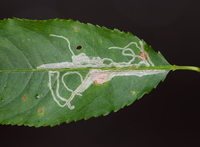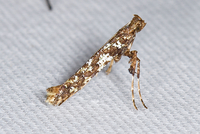
| Recorded by: John Petranka on 2024-11-18
Alleghany Co.
Comment: | 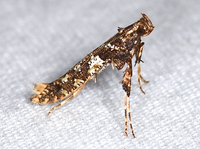
| Recorded by: Jim Petranka on 2024-11-01
Madison Co.
Comment: |

| Recorded by: Jim Petranka on 2024-10-22
Madison Co.
Comment: | 
| Recorded by: Jim Petranka and Mark Basinger on 2024-08-06
Mitchell Co.
Comment: |

| Recorded by: Jim Petranka and Becky Elkin on 2024-07-11
Madison Co.
Comment: Unoccupied mine was on Black Cherry. | 
| Recorded by: Jim Petranka and Becky Elkin on 2024-07-11
Madison Co.
Comment: Unoccupied mine was on Black Cherry. |
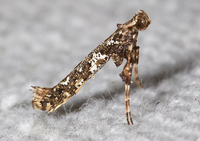
| Recorded by: Jim Petranka on 2024-03-04
Madison Co.
Comment: | 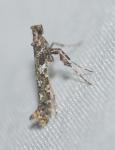
| Recorded by: K. Bischof on 2024-03-04
Transylvania Co.
Comment: |
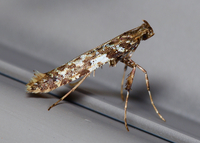
| Recorded by: Jim Petranka on 2024-02-26
Madison Co.
Comment: | 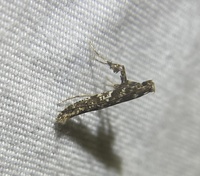
| Recorded by: David George on 2023-06-24
Orange Co.
Comment: |
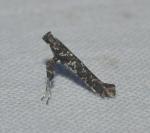
| Recorded by: K. Bischof on 2023-06-07
Transylvania Co.
Comment: | 
| Recorded by: Jim Petranka on 2023-03-01
Buncombe Co.
Comment: |
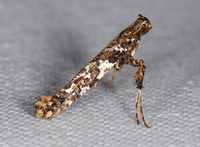
| Recorded by: Jim Petranka on 2023-02-23
Madison Co.
Comment: | 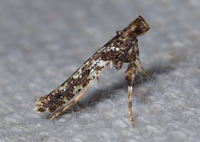
| Recorded by: Jim Petranka on 2022-06-12
Madison Co.
Comment: |

| Recorded by: Jim Petranka and Becky Elkin on 2022-06-12
Madison Co.
Comment: | 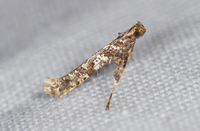
| Recorded by: Jim Petranka and Becky Elkin on 2022-06-07
Madison Co.
Comment: |

| Recorded by: Jim Petranka on 2022-03-07
Madison Co.
Comment: | 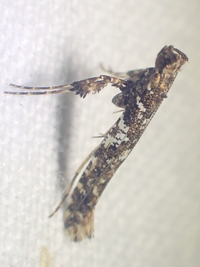
| Recorded by: tom ward on 2022-03-06
Buncombe Co.
Comment: |
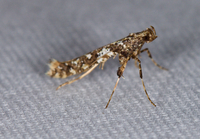
| Recorded by: Jim Petranka on 2022-03-04
Madison Co.
Comment: | 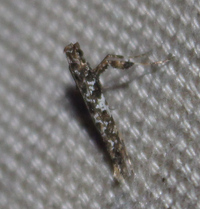
| Recorded by: Vin Stanton on 2022-02-23
Buncombe Co.
Comment: |

| Recorded by: Jim Petranka on 2022-02-22
Madison Co.
Comment: | 
| Recorded by: tom ward on 2021-10-15
Buncombe Co.
Comment: |
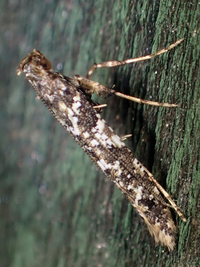
| Recorded by: tom ward on 2021-09-17
Buncombe Co.
Comment: | 
| Recorded by: Jim Petranka and Becky Elkin on 2021-08-03
Wilkes Co.
Comment: |

| Recorded by: Jim Petranka, Becky Elkin and Bo Sullivan on 2021-08-02
Ashe Co.
Comment: | 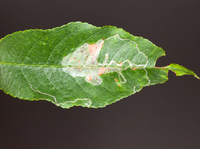
| Recorded by: Jim Petranka on 2021-07-31
Yancey Co.
Comment: Unoccupied mines were on Black Cherry. |

| Recorded by: Jim Petranka and Becky Elkin on 2021-07-24
Jackson Co.
Comment: | 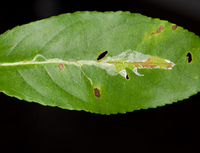
| Recorded by: Jim Petranka and Becky Elkin on 2021-07-23
Graham Co.
Comment: |
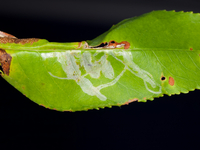
| Recorded by: Jim Petranka and Becky Elkin on 2021-07-21
Graham Co.
Comment: | 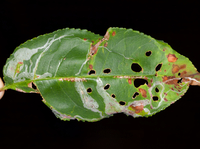
| Recorded by: Jim Petranka and Becky Elkin on 2021-07-21
Graham Co.
Comment: |
|

 »
»